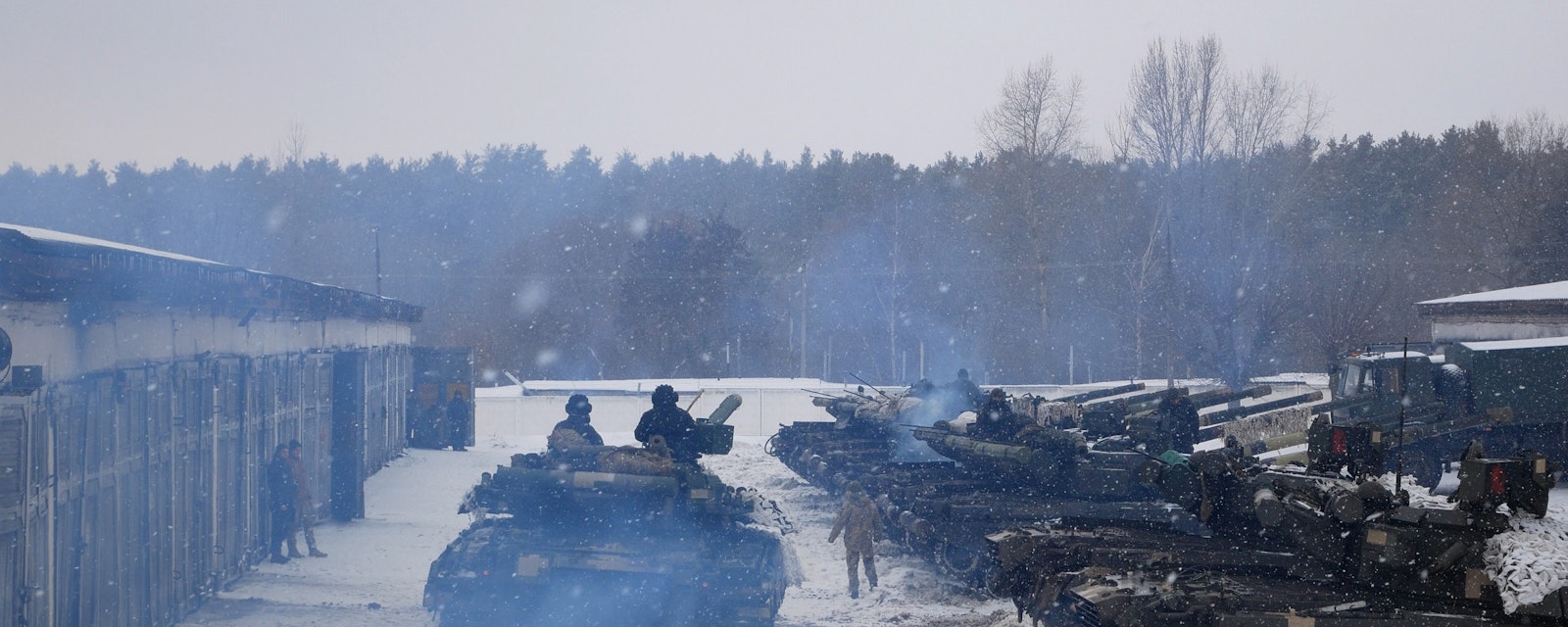The government is scrambling to shore up the country’s economy amid wide-ranging Western sanctions and an exodus of foreign companies from Russia. The government’s proposal to nationalize assets of foreign-owned companies that have left the Russian market has received President Vladimir Putin’s approval and appears likely to be adopted. Russian airstrikes in western Ukraine might signal Moscow’s growing impatience with the supply of Western weapons to Ukraine.
On 11 March, the lower chamber of parliament (State Duma) adopted the second economic support package to mitigate the impact of Western sanctions. Among multiple adopted measures, the package includes amendments to the budget allowing greater use of reserve funds, one-time payouts to families with children, measures to support the construction, transport, IT, and hospitality sectors, as well as the easing of the administrative burden on businesses. To stabilize the economy and mitigate potentially rising public discontent, the government is urgently preparing an additional (third) support package, which is expected to be ready for parliament’s consideration in the second half of March. At this point, the details of what the package could entail remain unclear.
Nationalization Likely to Advance
To prevent job losses following the departure of multiple foreign businesses, on 9 March the Ministry of Economic Development outlined a proposal essentially allowing the nationalization of assets of companies that left the Russian Federation after 24 February – the start of Russia’s invasion of Ukraine. Discussions on the topic are not new but political support for the initiative has been rising in recent days. On 10 March, the proposal received support from President Vladimir Putin and Prime Minister Mikhail Mishustin.
Initial reports suggest that the government is considering imposing external administration on companies owned at least 25% by persons/entities from the list of “unfriendly countries” approved by the cabinet on 6 March. Once the mechanism is triggered, the court would introduce measures to preserve property, shares, and the number of employees. The original shareholders would still have five days to either declare their intention to resume activities in Russia or transfer/sell their shares. Three months after the introduction of external management, the shares would be up for auction. The new owners would be required to maintain at least two-thirds of the workforce and continue activities for at least one year. According to local media reports, around 60 major international companies across various sectors (automotive, electronics, IT, retail, food and drink, logistics, etc.) have already been identified for potential nationalization.
In terms of other countersanctions, the government on 10 March banned the exports of around 200 items until the end of 2022. Members of the Eurasian Economic Union are exempt from the ban. The list includes medical, telecommunications, and technological equipment, vehicles, agricultural machinery, electrical items, and some raw materials, including timber. While the exports of agricultural produce or metals are not banned at this point, the list can be supplemented by new items if tensions between Russia and the West continue to rise.
The government is also considering banning the entry of foreign ships into Russian ports, while the energy Minister Alexander Novak has previously floated the possibility of halting gas supplies to Europe via the Nord Stream 1 pipeline. However, the latter move is less likely as gas exports are an important source of foreign currency revenue for Russia, while the partial suspension of gas supplies in spring would be less painful for Europe.
Russian Strikes Hit Western Ukraine as Offensive Spreads
The towns of Lutsk and Ivano-Frankivsk in the west have been targeted by Russian strikes for the first time. Multiple airstrikes hit military airfields in both towns and a jet engine factory in Lutsk. The strikes were far to the west from the main Russian offensive and close to the borders with Poland, Romania, Hungary, and Slovakia – a possible signal to NATO about Moscow’s growing impatience with the supply of weapons to Ukraine. Russia’s Foreign Minister Sergei Lavrov on 10 March accused the EU and other countries of “dangerously” backing the supply of arms to Kyiv. On 11 March, Russian authorities revealed their intention to “strengthen their Western borders” due to the increased NATO presence near Russia.
Dnipro, a major stronghold in central-eastern Ukraine, was also hit by airstrikes for the first time since the start of the war. Russia claims to have taken the strategically important city of Volnovakha, to the north of the besieged port of Mariupol. Chernihiv, north-east of Kyiv, is now isolated, but the Russian military has not moved past this city, with heavy fighting reported as Ukrainians fight back.
As for the capital, Russia's military could be as close as nine miles from the city center. As well as (slowly) advancing on the northwest route into Kyiv, troops are approaching along two parallel lines east of the capital. Satellite imagery suggests that the large Russian military convoy last seen northwest of Kyiv had largely dispersed and redeployed. Armored units had spread apart through towns and forests in the area, with artillery pieces moved into potential firing positions. This operational move may be a prelude to renewed efforts to encircle Kyiv from east and west and/or to attack the city center itself.
Earlier today (11 March), Putin gave the green light for volunteers to fight in Ukraine. The move could allow Russia to deploy battle-hardened mercenaries from conflicts such as Syria, who unlike the Russian troops have urban warfare experience. Defense Minister Sergei Shoigu claimed there were 16,000 volunteers in the Middle East who were ready to come to fight alongside Russian-backed forces in Ukraine.




